 您的购物车当前为空
您的购物车当前为空
IL-16 Protein, Mouse, Recombinant (His) V2
一键复制产品信息产品编号 TMPY-04212U
IL-16 Protein, Mouse, Recombinant (His) V2 is expressed in E. coli. The accession number is O54824.
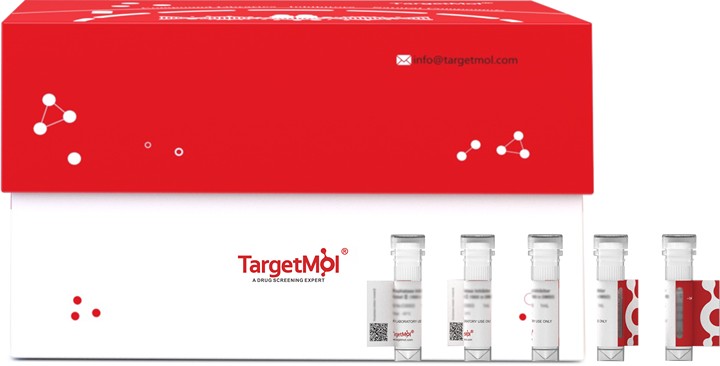
IL-16 Protein, Mouse, Recombinant (His) V2
一键复制产品信息产品编号 TMPY-04212U
IL-16 Protein, Mouse, Recombinant (His) V2 is expressed in E. coli. The accession number is O54824.
| 规格 | 价格 | 库存 | 数量 |
|---|
大包装 & 定制
TargetMol 的所有产品仅用作科学研究或药证申报,不能被用于人体,我们不向个人提供产品和服务。请您遵守承诺用途,不得违反法律法规规定用于任何其他用途。
资源下载
产品信息
| 生物活性 | Activity has not been tested. It is theoretically active, but we cannot guarantee it. |
| 产品描述 | IL-16 Protein, Mouse, Recombinant (His) V2 is expressed in E. coli. The accession number is O54824. |
| 种属 | Mouse |
| 表达系统 | E. coli |
| 标签 | N-6xHis |
| 蛋白编号 | O54824 |
| 别名 | 白细胞介素,mKIAA4048,interleukin 16 |
| 蛋白构建 | Ser1205-Ser1322 |
| 蛋白纯度 | > 95% as determined by SDS-PAGE |
| 分子量 | 14.5 kDa (Predicted); 14-16 kDa (Reducing conditions) |
| 内毒素 | < 1.0 EU/μg of the protein as determined by the LAL method. |
| 蛋白性状 | Lyophilized powder |
| 缓冲液 | Lyophilized from a 0.2 μm filtered solution of 20 mM Tris-HCl, 150 mM NaCl, pH 8.0. |
| 存储 | Lyophilized powders can be stably stored for over 12 months, while liquid products can be stored for 6-12 months at -80°C. For reconstituted protein solutions, the solution can be stored at -20°C to -80°C for at least 3 months. Please avoid multiple freeze-thaw cycles and store products in aliquots. |
| 运输方式 | In general, Lyophilized powders are shipping with blue ice. Solutions are shipping with dry ice. |
| 研究背景 | Mouse interleukin-16(IL-16) is a single chain non-glycosylated polypeptide. IL-16 is widely expressed in human tissues including spleen, thymus, lymph nodes, peripheral leukocytes, bone marrow and cerebellum. IL-16 plays an important role instimulating a migratory response in CD4+ lymphocytes, monocytes, and eosinophils,inducing T-lymphocyte expression of interleukin 2 receptor.It was originally identified as a CD8+ T cell-derived chemoattractant for CD4+ cells. In addition to its chemotactic properties, IL-16 has also been shown to suppress HIV-1 replication in vitro and appears to be involved in transcriptional regulation of SKP2 and is probably part of a transcriptional repression complex on the core promoter of the SKP2 gene. It may act as a scaffold for GABPB1 (the DNA-binding subunit the GABP transcription factor complex) and HDAC3 thus maintaining transcriptional repression and blocking cell cycle progression in resting T-cells. |
计算器
引用文献
技术支持
请阅读 重组蛋白用户指南 了解更多具体信息.











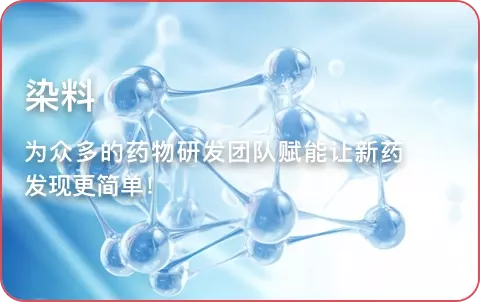





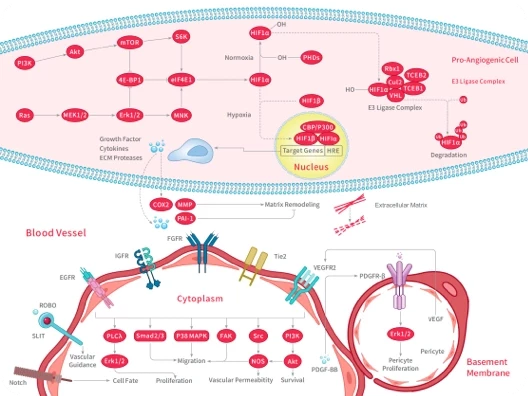
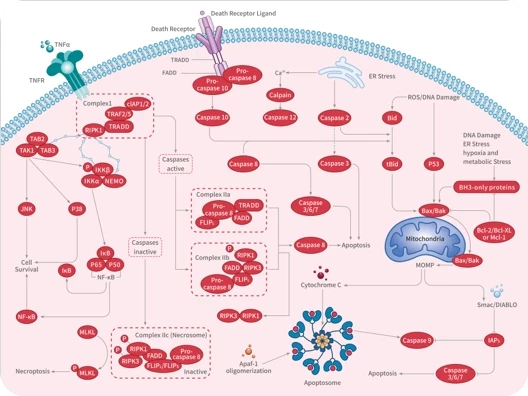
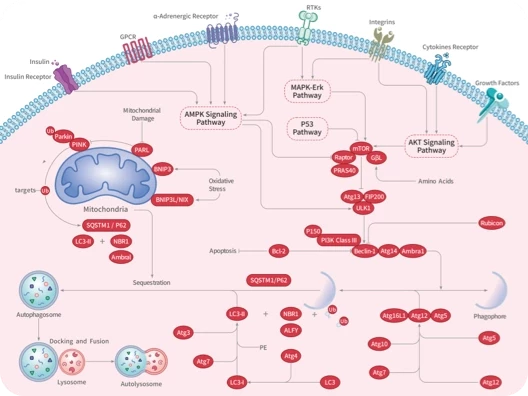

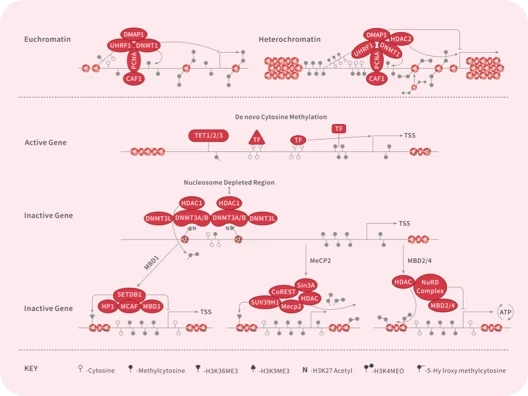
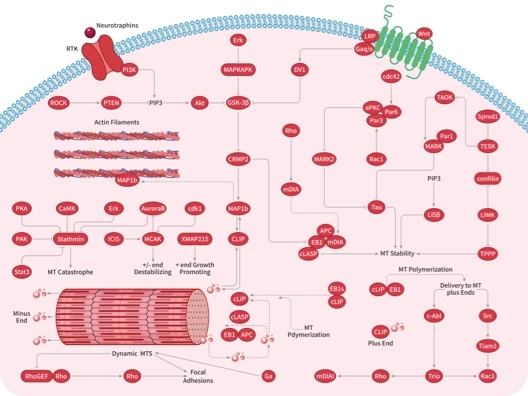
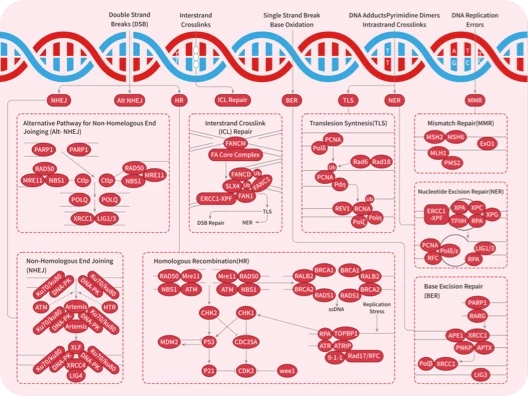
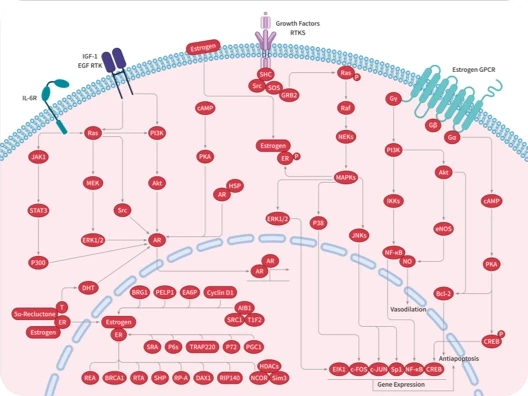
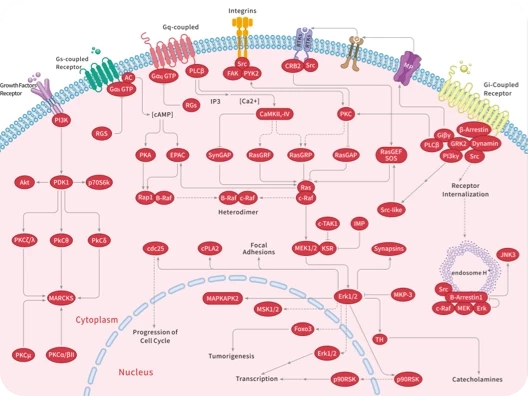
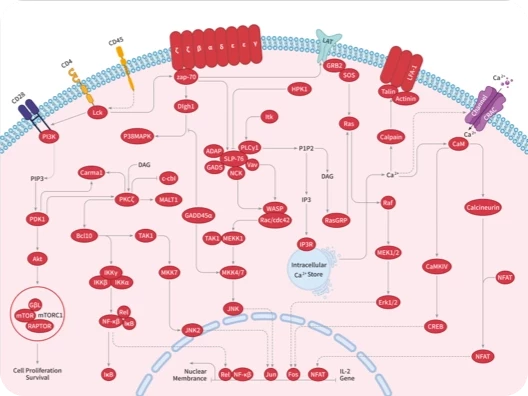
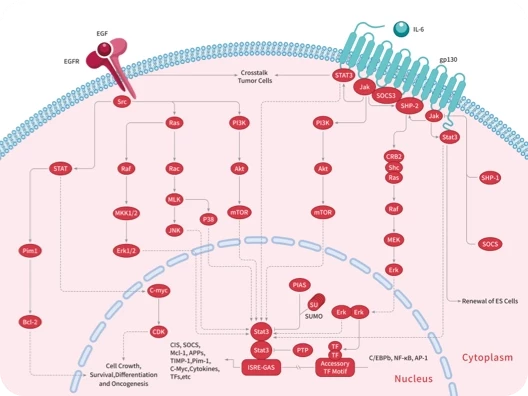

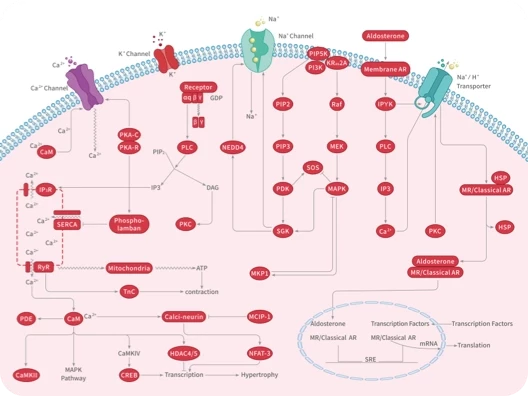
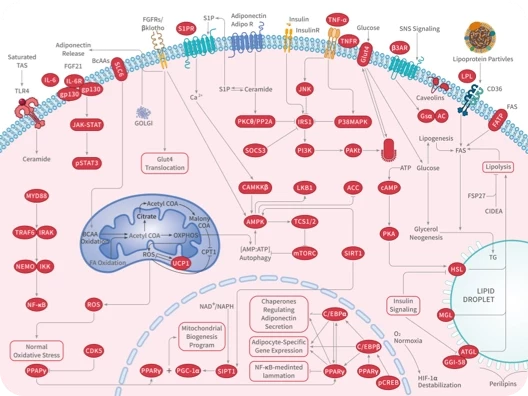
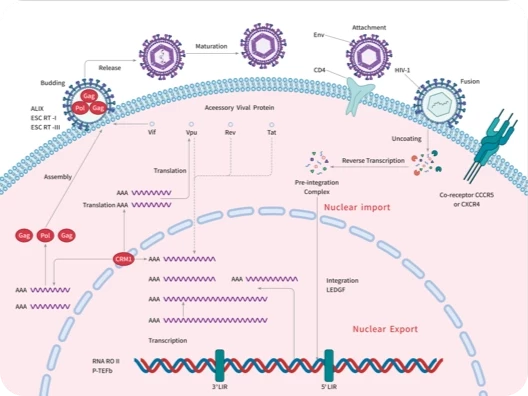

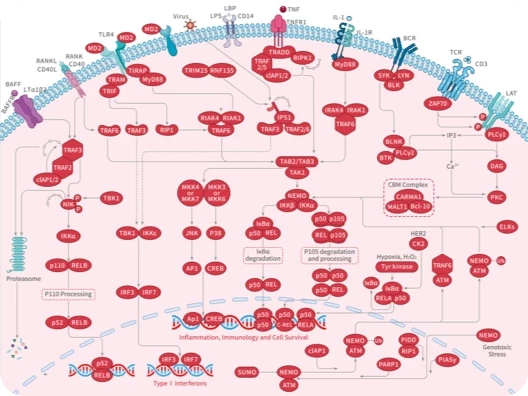
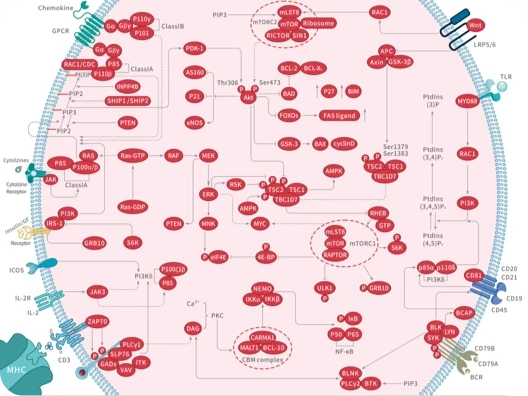
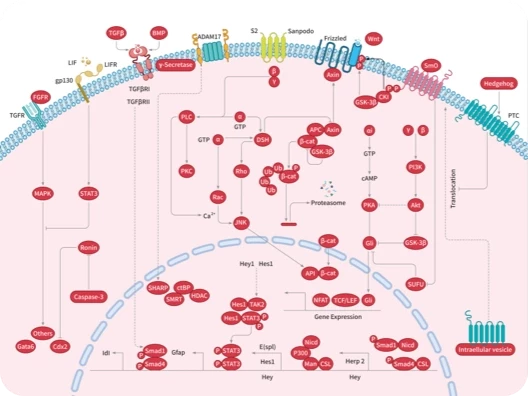
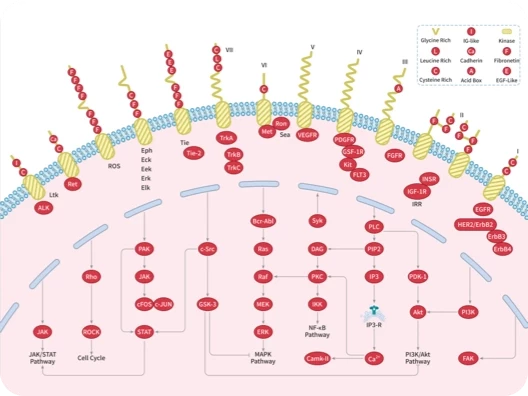



 |
|